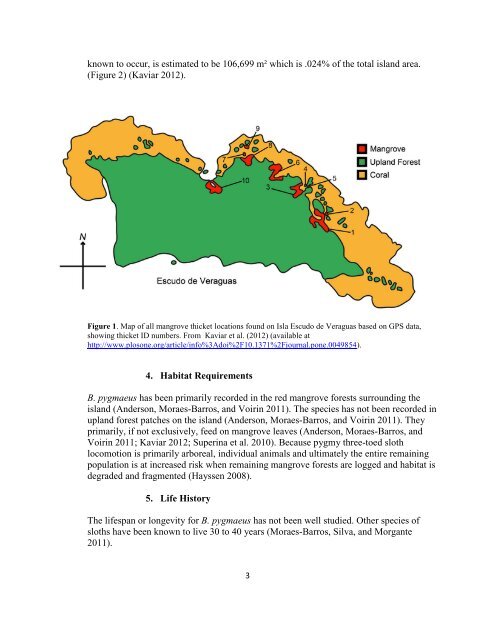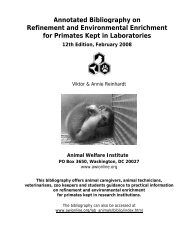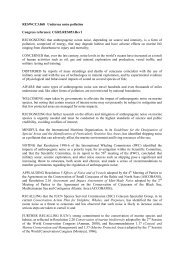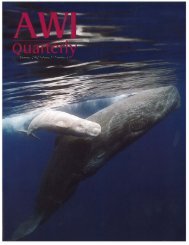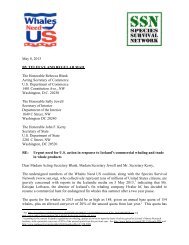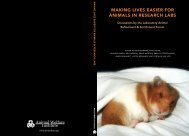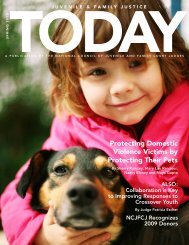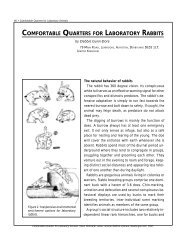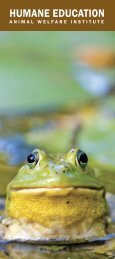EMERGENCY PETITION TO LIST THE PYGMY THREE-TOED SLOTH
EMERGENCY PETITION TO LIST THE PYGMY THREE-TOED SLOTH
EMERGENCY PETITION TO LIST THE PYGMY THREE-TOED SLOTH
Create successful ePaper yourself
Turn your PDF publications into a flip-book with our unique Google optimized e-Paper software.
known to occur, is estimated to be 106,699 m² which is .024% of the total island area.(Figure 2) (Kaviar 2012).Figure 1. Map of all mangrove thicket locations found on Isla Escudo de Veraguas based on GPS data,showing thicket ID numbers. From Kaviar et al. (2012) (available athttp://www.plosone.org/article/info%3Adoi%2F10.1371%2Fjournal.pone.0049854).4. Habitat RequirementsB. pygmaeus has been primarily recorded in the red mangrove forests surrounding theisland (Anderson, Moraes-Barros, and Voirin 2011). The species has not been recorded inupland forest patches on the island (Anderson, Moraes-Barros, and Voirin 2011). Theyprimarily, if not exclusively, feed on mangrove leaves (Anderson, Moraes-Barros, andVoirin 2011; Kaviar 2012; Superina et al. 2010). Because pygmy three-toed slothlocomotion is primarily arboreal, individual animals and ultimately the entire remainingpopulation is at increased risk when remaining mangrove forests are logged and habitat isdegraded and fragmented (Hayssen 2008).5. Life HistoryThe lifespan or longevity for B. pygmaeus has not been well studied. Other species ofsloths have been known to live 30 to 40 years (Moraes-Barros, Silva, and Morgante2011).3


